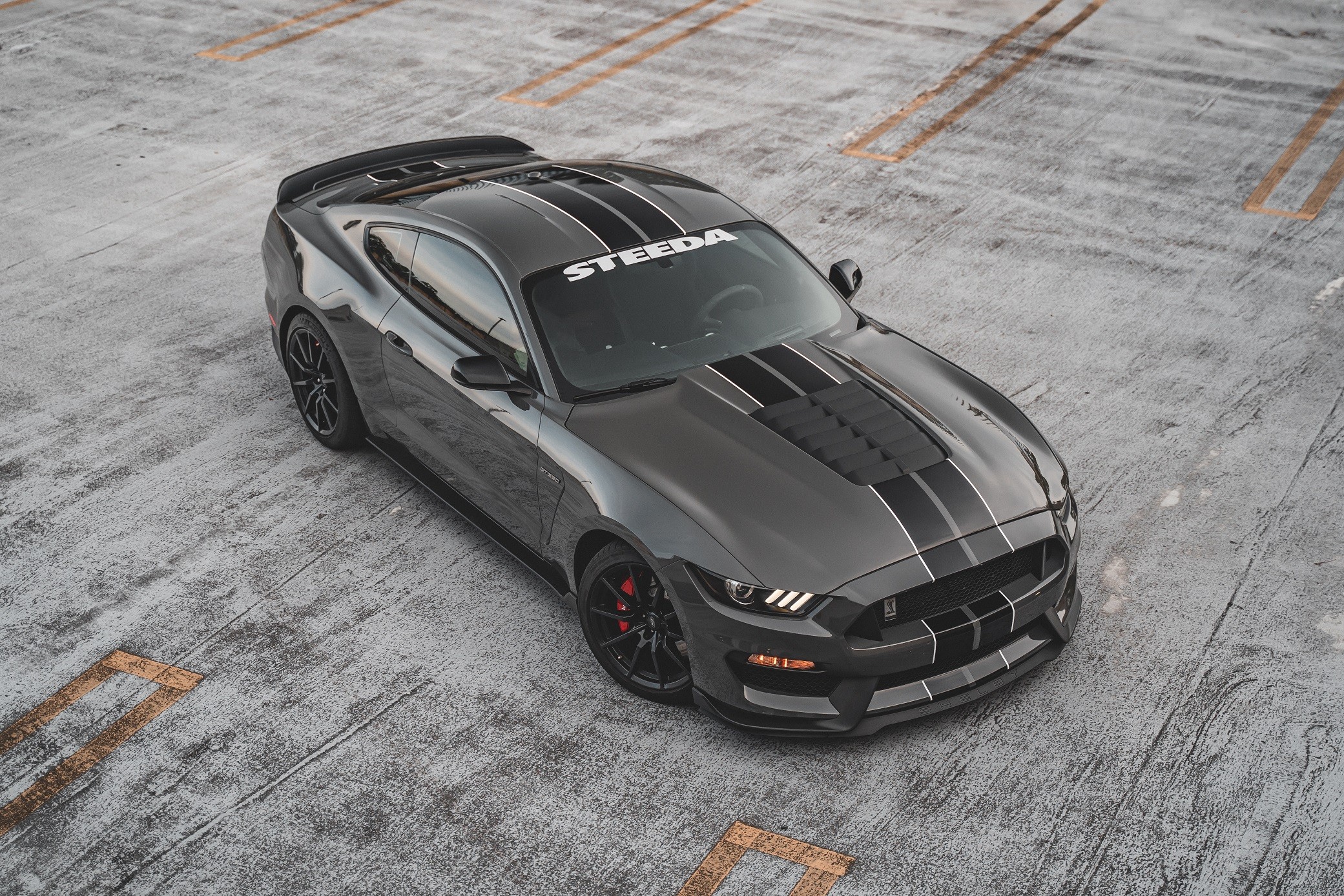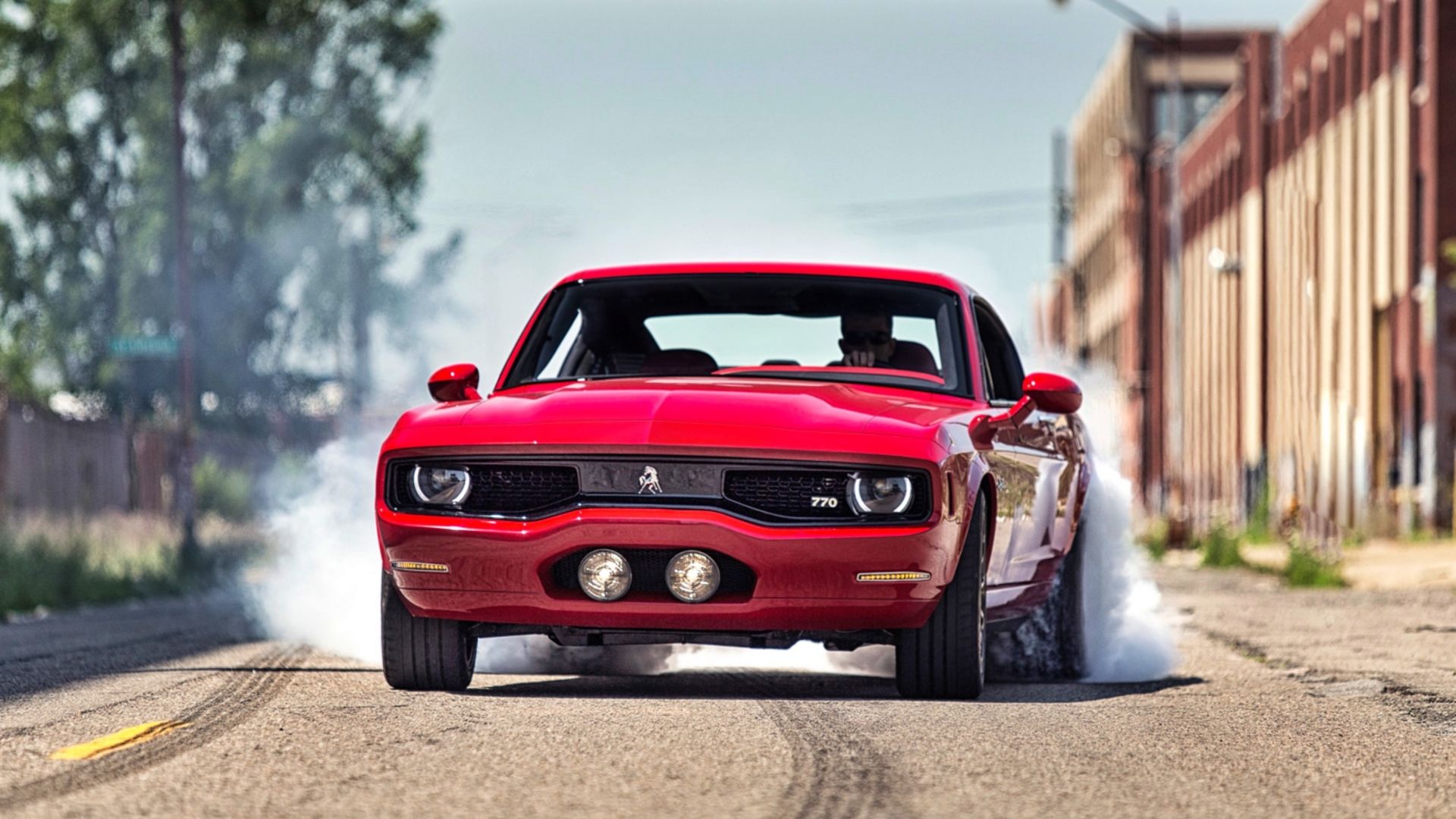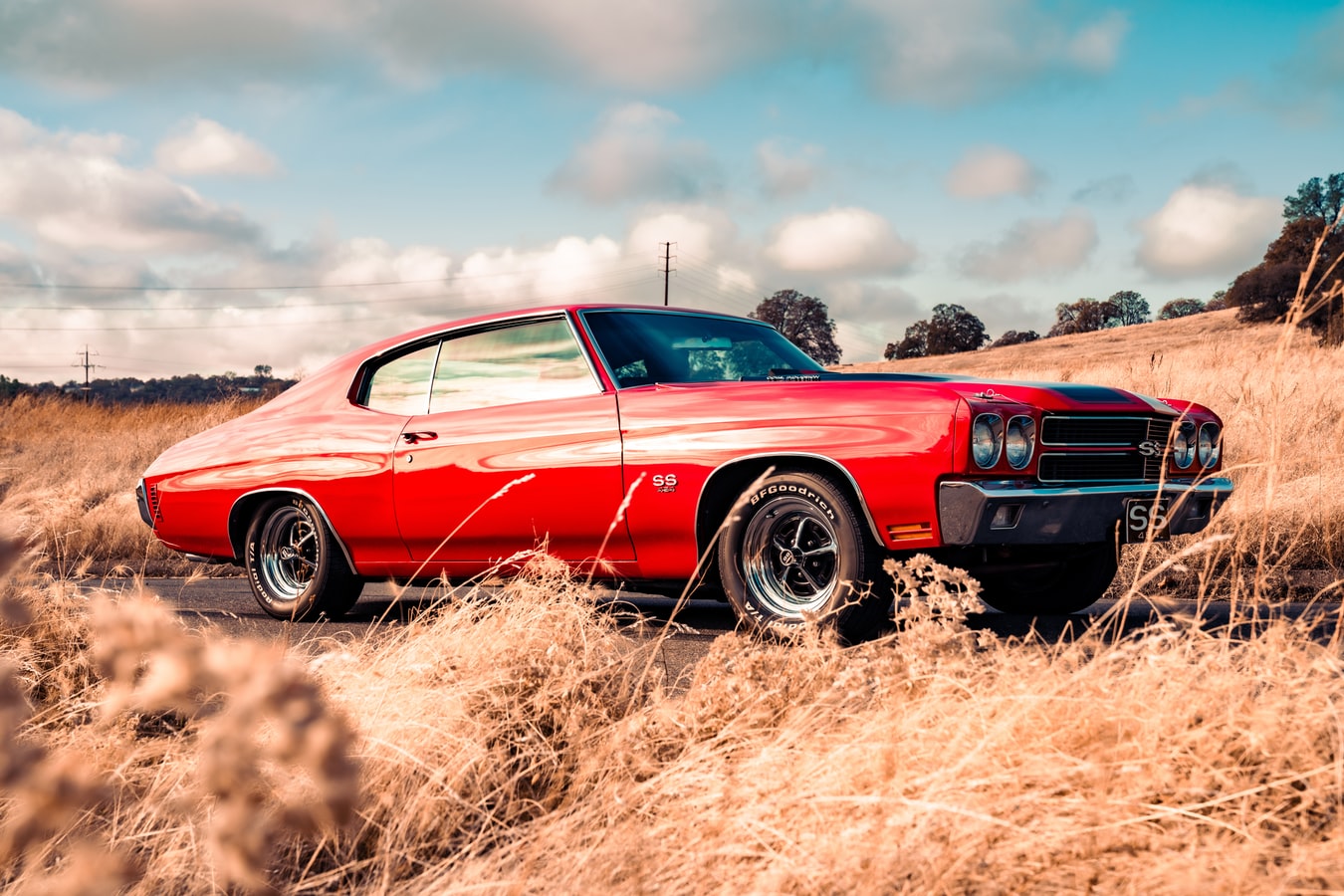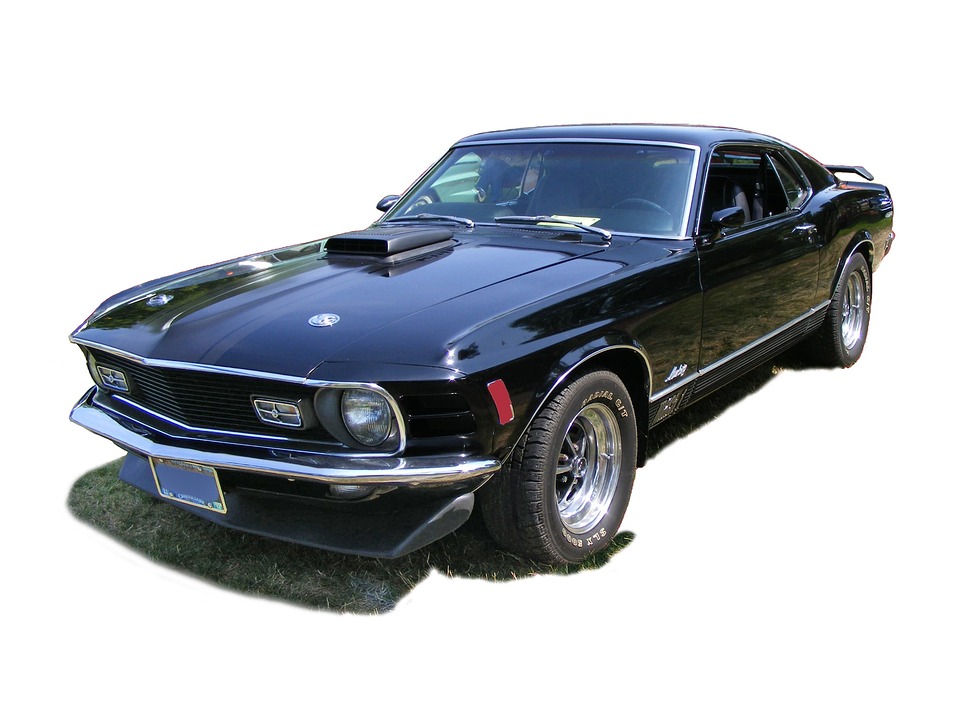Southern California…I’ve heard it described as “extended desert parking to the beach”. But it wasn’t always like this. Some 18,000 years ago, parts of So Cal had HUGE inland lakes. Everything changes given enough time and today these lakes are long empty. They are now Southern California’s dry lake beds. So why write about geology in an article about cars? I’m just setting the back drop for one of the most exciting periods in the development of Hot Rodding. Read on my friends and discover some cool car history!
Southern California’s dry lake beds, places like Muroc, Harper, Rosamond, and El Mirage have attracted auto racers since the beginning of the 1900’s. Shortly after some guy made a couple of modifications to his car, he started looking for a good place to test them out and not be disturbed in the process. These dry lake beds fit the bill to a “T”, pardon the pun!
By the Thirties, established dry lakes racing started to evolve in response to several factors. Young guys with mechanical ability and a love for tinkering with their plentiful and cheap project cars were meeting each other, organizing into clubs, and racing to see what the pay off was for all their efforts. Racers from the L.A. and Orange County area started to “centralize”, running their cars at the Muroc dry lake. Because of its size, Muroc was the earliest popular spot. It eventually got taken over when Edwards Air Force Base was built. Racing continued to grow, in spite of losing Muroc. Other popular sites sprang up (Harper, Rosamond, and later El Mirage) to fill the gap for a place to run cars.
Accidents and injuries were an unfortunate (and unwelcome) by-product of this young hobby. The Southern California Timing Association, begun in 1937, was the result of several clubs cooperating in the interest of organization, safety and keeping the local authorities off racers backs. In those days, most of the cars running at the lakes were street cars. Once there, off came anything that didn’t make a car “gow”. Some racers went to extremes, notably Dick Kraft, who pulled off the body and sat on a board over the rearend while racing in a bathing suit!
Modifications, like swapping carbs or running alcohol became common. The Ford Model A and B four-cylinders were the engines of choice. Two or four port overhead conversions were done on them. The SCTA Racing News identified cars by their heads (Winfield, Riley, Cragar, and others). At first, four-bangers held their own against the newer V-8 Flatheads, mostly due to the amount of speed equipment that existed for them. However, history shows that shear size won out in the end and 4’s gave way to 8’s quickly.
Side by side drag racing wasn’t the initial system used either. At first, cars ran singly to qualify for classes based on speed. Then all the cars from each class would line up for one last race with everyone running at once to determine “king of the hill”. Eventually, a four-car limit was imposed. The SCTA began to develop more specific classes. Before World War II, cars raced in Roadster, Modified, or Streamliner classes. It was pretty primitive and distinctions were not always hard and fast. Later, classes were more standardized, focusing on factors like engine size and modifications.
This brief golden age of racing was marked by limitless experimenting and home brewed fabrication. Ed Iskenderian was once quoted as saying “It was just fun. Everyone had their own ideas, and you’d learn from the other guys – what they’d done. That’s how you figured out what you might want to put together.”






More Stories
Muscle Car Upgrades Transform Your Ride for the Better
Muscle Car Reviews The Top Rides That Turn Heads
Modern Muscle Cars Power and Style for Today’s Roads